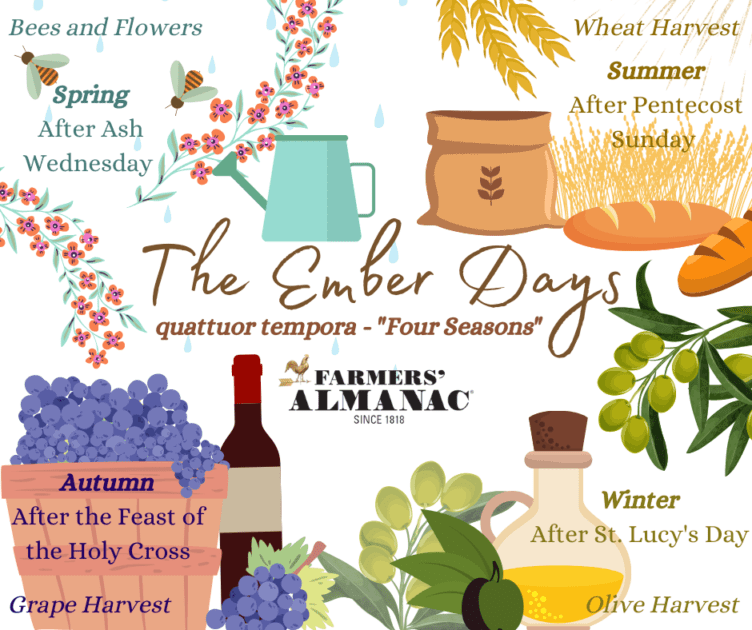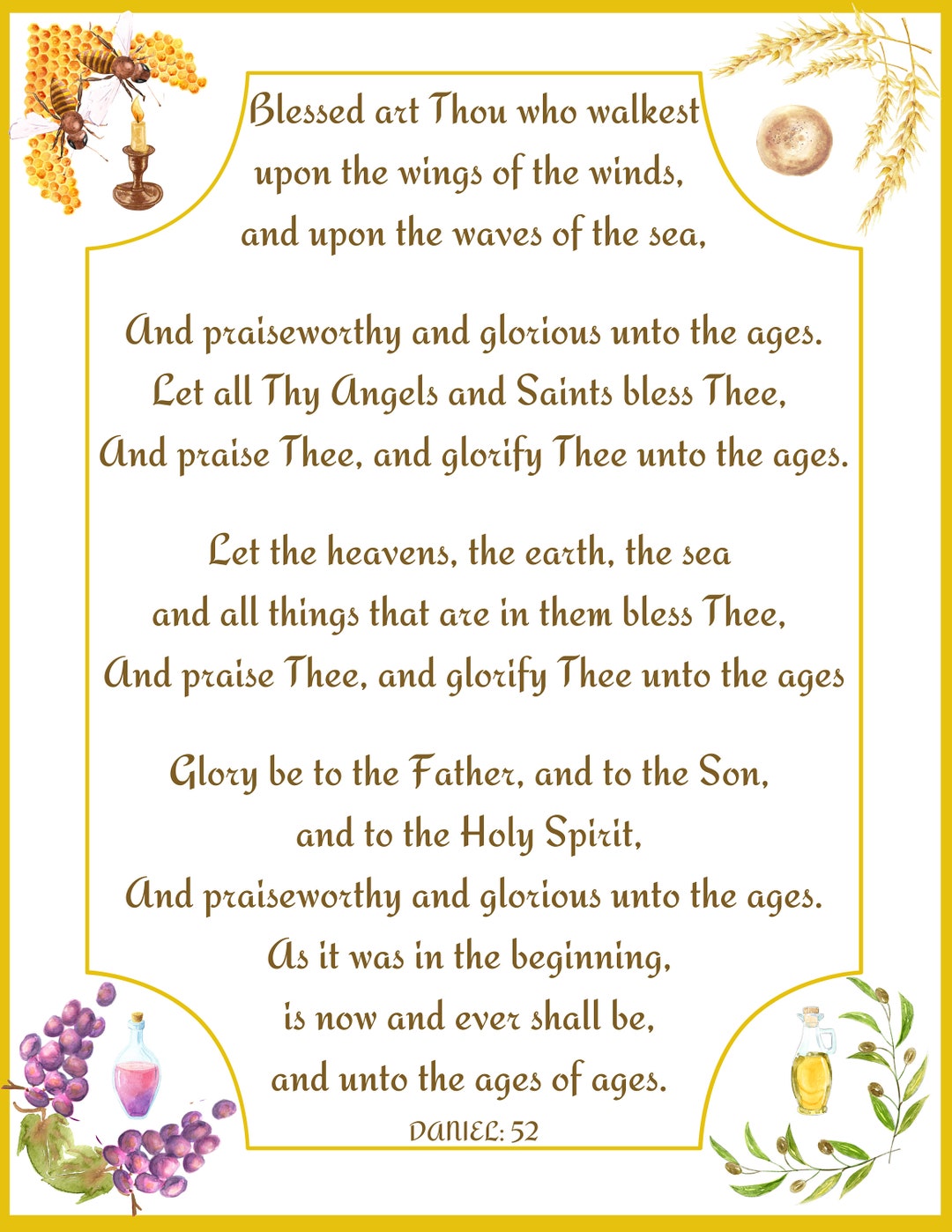Reference




OpenAI's Answer
Ember Days are significant in the liturgical calendar as they are set aside for prayer, fasting, and almsgiving. Traditionally observed by the Roman Catholic Church, these days occur four times a year, corresponding with the changing of the seasons. The purpose of Ember Days is to thank God for the gifts of nature, to teach moderation, and to provide an opportunity for the faithful to practice spiritual renewal.
Each set of Ember Days includes a Wednesday, Friday, and Saturday. The specific weeks they are observed are:
- After the feast of St. Lucy (December 13), marking the beginning of winter.
- After the first Sunday of Lent, marking the beginning of spring.
- After Pentecost, marking the beginning of summer.
- After the feast of the Exaltation of the Holy Cross (September 14), marking the beginning of autumn.
Historically, Ember Days were also times when ordinations were held, with the faithful encouraged to pray for those being ordained. In modern times, their observance has become less widespread, but they remain a meaningful tradition for those who observe them, emphasizing themes of gratitude, penance, and preparation.
Follow Up
Related
How do the Lutheran liturgical calendar and the Catholic calendar compare?
How did the medieval Christian calendar influence the secular calendar in Europe?
What is the primary difference between the Julian and Revised Julian calendars?
Where does the month of Abib stand in the Ethiopian calendar?
What is the role of the liturgical calendar in Reformed worship?